As strange as it may sound, there are a number of Doctor Who episodes in which the Time Lord doesn’t even appear – and some of them are rather good!
Back in the 1960s, Doctor Who episodes were churned out at a weekly rate. For the cast, it was like having to put on a one act play every week; they would receive a script for a single 25 minute episode, rehearse it throughout the week, and then record it. Rinse and repeat. And the seasons were incredibly long. Doctor Who Season Six, for example, spanned an incredible 44 weeks.
Obviously, the cast weren’t expected to keep going for this length of time without a break, and periodically the main cast members would be given time off, meaning that there are a number of Doctor Who episodes (often in the middle of stories) in which the characters simply don’t appear. Their absence is usually woven into the narrative, though, or circumvented by having the actors pre-record short scenes which could later be slotted in.
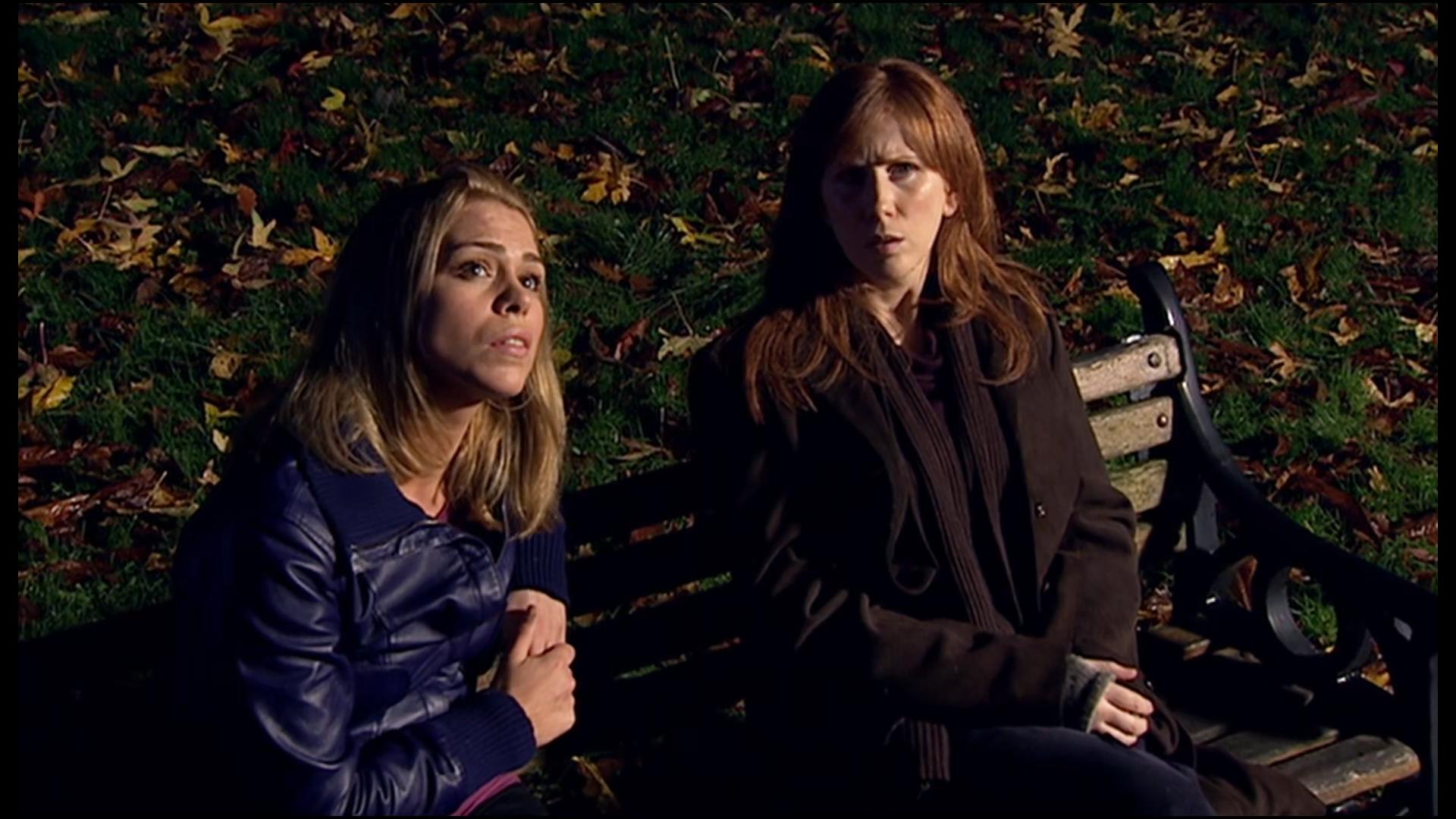
Sometimes, it’s imperceptible; the fact that Carole Ann Ford is missing for half of 1964’s ‘The Aztecs’ is barely noticeable given that she pre-filmed a number of short scenes prior to her vacation. In these particular Doctor Who episodes, the explanation is that she has been sent away to be educated!
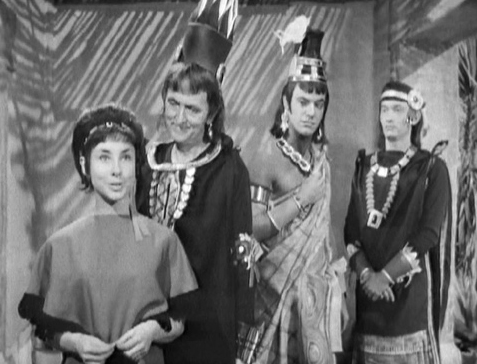
And in ‘The Keys of Marinus,’ the TARDIS crew are travelling across a planet in a quest to locate the eponymous keys. In these particular Doctor Who episodes, the Time Lord simply journeys ahead and agrees to meet his companions at a later location. Thus, he’s not seen for the next two episodes.
Perhaps the most famous example from the 1960s is an intriguing story called ‘Mission to the Unknown’ in which none of the regular Doctor Who cast appear. The story centres around an entirely different set of characters, and acts as a prequel for the epic ‘Daleks’ Master Plan‘ which would follow a few weeks later. In this adventure, the main protagonist is a space agent named Marc Cory, whom writer Terry Nation designed as a “space-age James Bond” after being inspired by the movie Goldfinger.
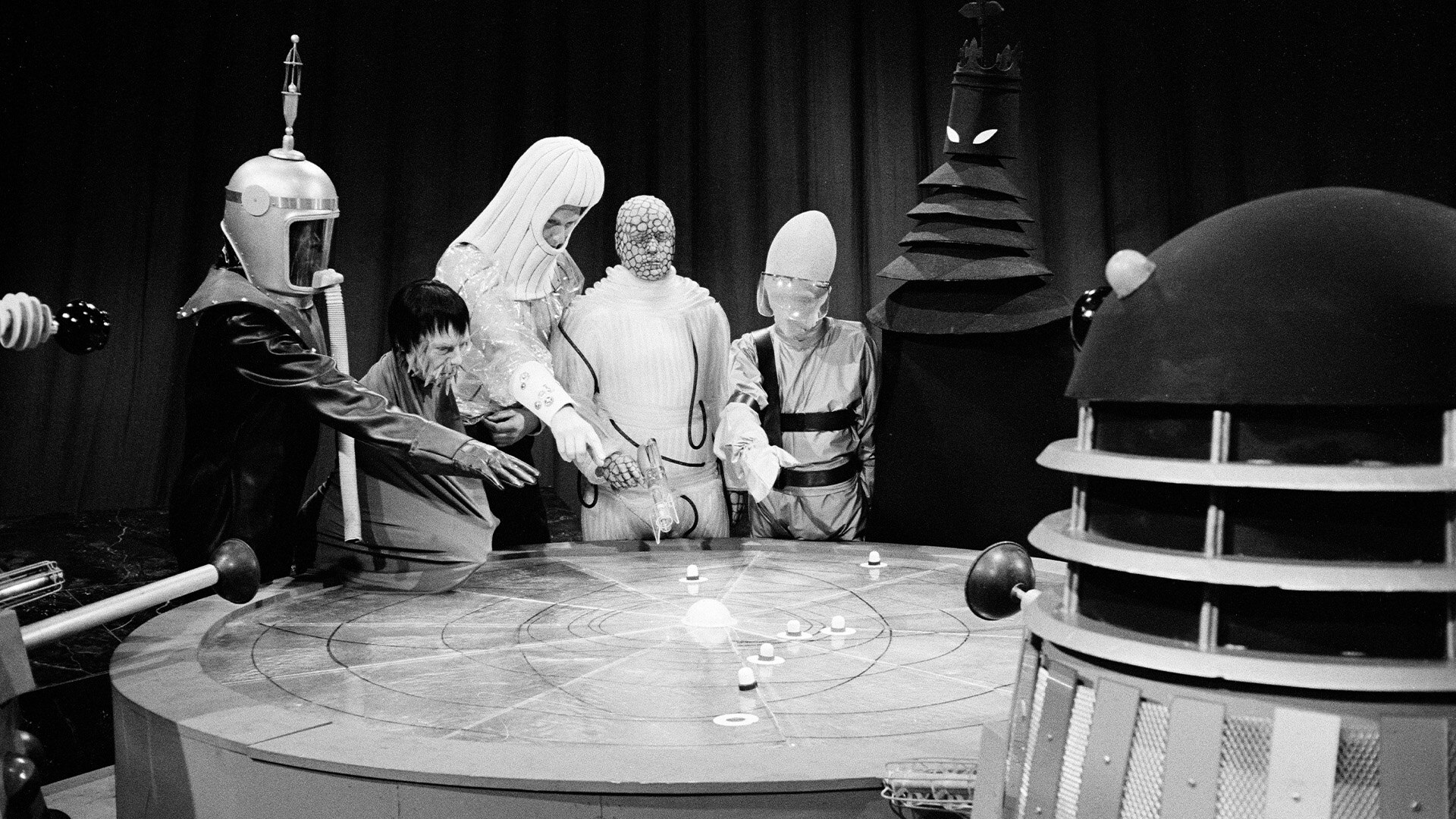
But as the series moved into the 70s, Doctor Who episodes ceased being produced on a weekly basis, and therefore it was no longer necessary to allocate holidays mid-story. Moreover, the seasons were considerably shorter, averaging at 26 episodes per year rather than 40 plus. As such, the final ‘Doctor-lite’ episode of the Classic era was ‘The Seeds of Death’ episode four, where an unconscious Patrick Troughton was replaced with a body double while the actor took a much-needed break.
Interestingly, in the modern era, the need to have Doctor Who episodes without the Doctor re-emerged, but for a slightly different reason. This began in 2005 with the introduction of the first Doctor Who Christmas special, which meant that the production team had to produce 14 Doctor Who episodes instead of 13, but in the same amount of time.
The solution was to shoot two Doctor Who episodes simultaneously, and this meant one of them would have to (largely) be without the Doctor and Rose. In Series Two, this episode is ‘Love & Monsters’ and centres on a character called Elton who is on a desperate quest to locate the Time Lord. David Tennant and Billie Piper were shooting ‘The Impossible Planet’ and ‘The Satan Pit’ when this particular story was being made.
And whilst ‘Love & Monsters’ isn’t a widely loved adventure, the Doctor-lite story which followed in 2007 received widespread praise. ‘Blink’ is notable for introducing the Weeping Angels – Doctor Who monsters which, arguably, have become as popular and recognisable as other classic villains such as the Daleks and Cybermen. Indeed, writer Steven Moffat won two BAFTA awards for his script, as well as a Hugo award for Best Dramatic Presentation, Short Form. Moreover, the episode was voted the sixth greatest Doctor Who story of all time in a 2023 poll by Doctor Who Magazine.
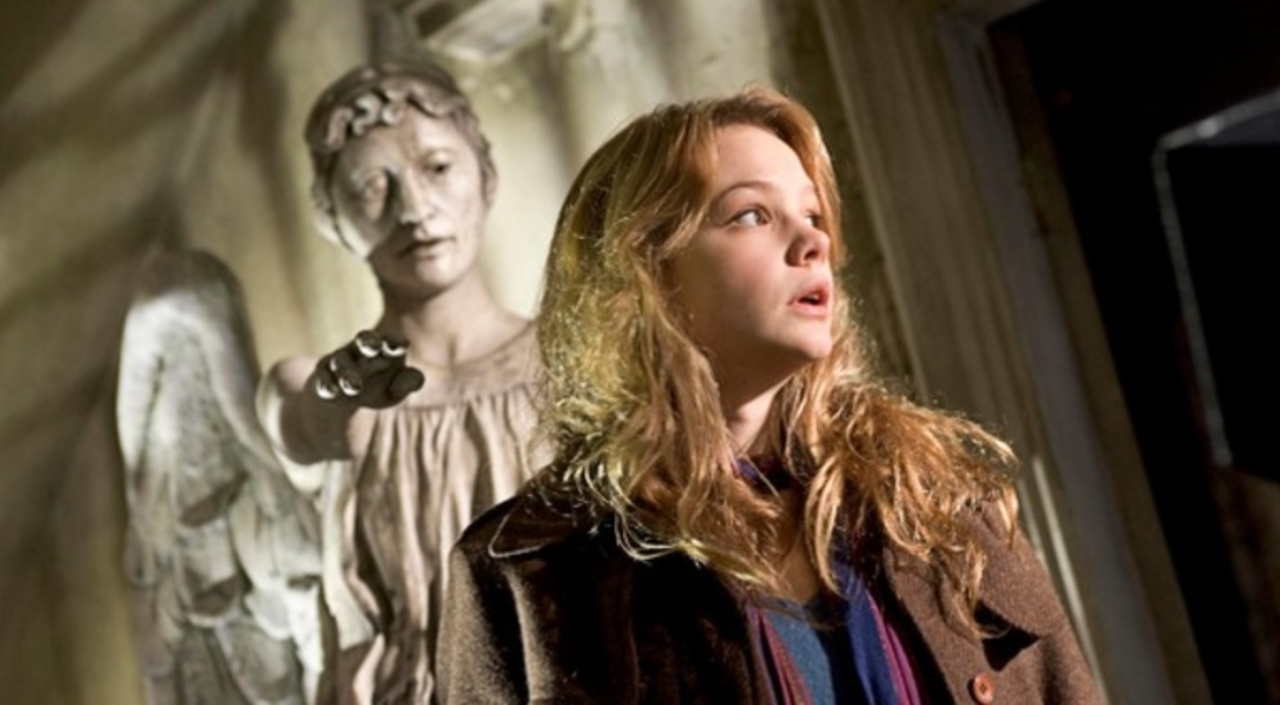
But by the time Series Four came around, the production team decided to shake things up. Rather than have one episode without the Doctor or his companion, they would split them up; one would be without Donna (‘Midnight’) and one would be without the Doctor (‘Turn Left.’) And like ‘Blink,’ these episodes proved to be extremely popular with viewers, perhaps because they demanded more creativity from their writer Russell T Davies.
‘Turn Left,’ for example, depicts a dystopian version of reality where the Doctor has been killed, and shows what would happen to the planet if the Doctor wasn’t around to save it. ‘Midnight,’ on the other hand, is set almost entirely within a single deck of a space bus and creates drama out of the claustrophobia and paranoia of its passengers.
Curiously, ‘Turn Left’ turned out to be the last of the truly Doctor-lite Doctor Who episodes, even though the necessity remained. The production team just became more creative with their writing and scheduling; the Doctor is present throughout the entirety of ‘The Girl Who Waited,’ for example, but he is confined to the TARDIS, meaning that his scenes could be shot relatively quickly as they only required the use of one set. A similar technique was used for the 2014 episode ‘Flatline,’ where the Doctor once again spent the majority of the story in the TARDIS, owing to the fact that it has shrunk!
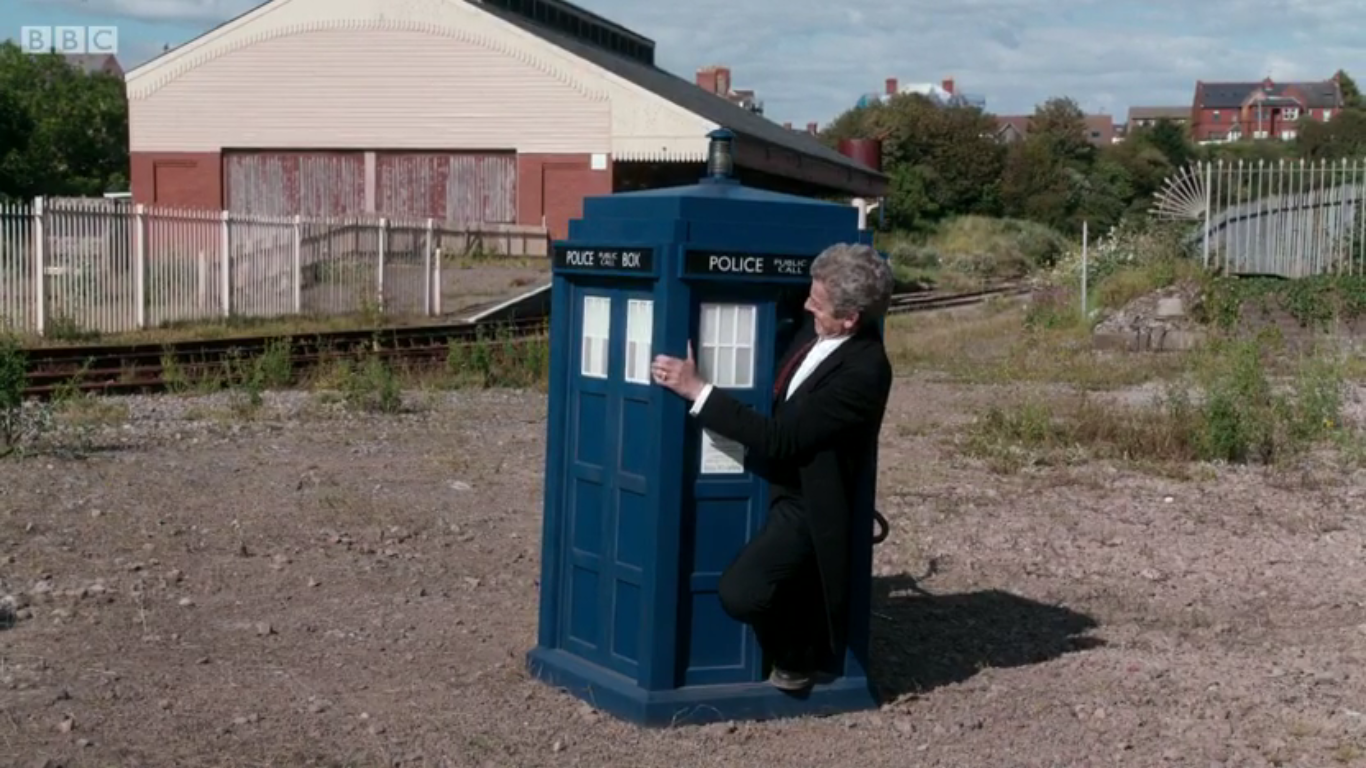
In later years, the production team became even cleverer at disguising the Doctor’s absence. For instance, the Time Lord is missing for the first half of ‘A Good Man Goes to War’ and ‘The Magician’s Apprentice,’ but his presence is strongly felt. In the latter, the story focuses on the characters who are trying to locate him, before he appears midway through playing an electric guitar on top of a tank! And in ‘A Good Man Goes to War,’ he is shown in silhouette as he travels through time and space recruiting an army to take with him to Demons Run.
As such, it may seem strange that there are so many Doctor Who episodes in which the main character doesn’t appear, or when his appearances are kept to a minimum, and stranger still that some of these episodes have gone down as some of the greatest in the series’ history. Surely it is a testament to the power of Doctor Who, and the quality of its scripts.
Which is your favourite of the Doctor-lite (or Doctor-less!) Doctor Who episodes? Let us know in the comments below.
Buy on Amazon










Leave a Reply